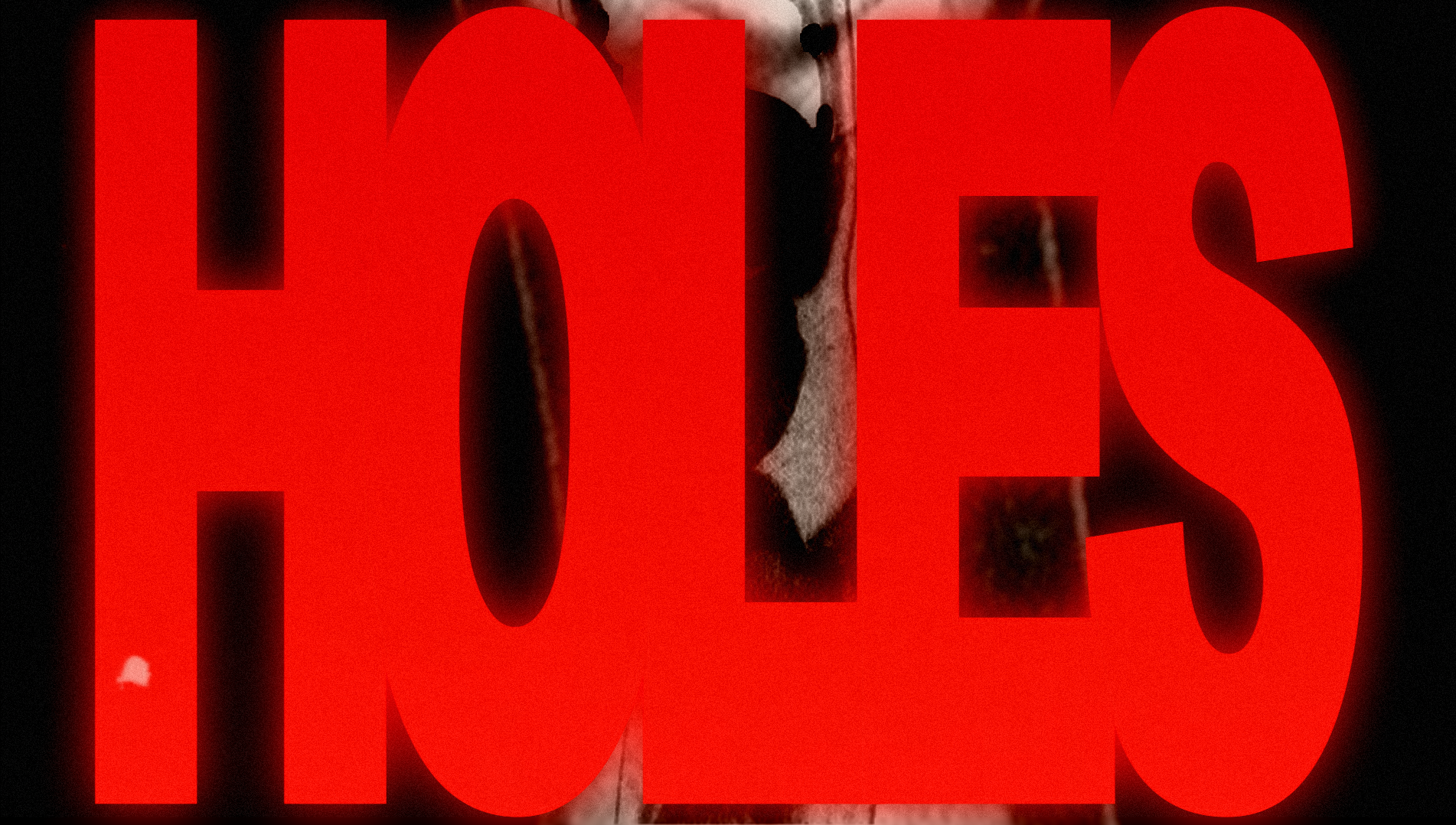HOLES (2023): What do we see when we look inside?
A film - like any other art form - is an extension of its creator, but it’s rare for an artist to be able to say that their work literally comes from within their body. With Holes, director Liam Marvin takes a deeply vulnerable approach to his formal experimentation by exposing all his insides for us to see. Comprised entirely of his own ultrasound footage, the uncanny images of Holes layer over each other and collapse into themselves - constantly morphing into something different to reveal Marvin’s anxieties bubbling up through the screen. As these unsettling images cut in and out, and brief streaks of colorful light flash over them, it becomes increasingly difficult to grasp onto anything tangible. This anti-illusionist approach of distorting images from inside the human body to the point of them being completely unrecognizable communicates a dissonance between one's external and internal selves. What must it feel like to think you know yourself so well, and then to look inward and not find anything familiar? Human beings aren’t meant to see what goes on beneath their skin - the organs flexing and pulsating, blood churning and acids bubbling. To see inside one’s body is to come face to face with the most alien piece of oneself. Marvin’s jagged reconciliation of these images with the uncomfortably slow and distorted music by Jacob Sandor presents a uniquely personal view of an artist wrestling with the forces inside him that he cannot control. In a raw confession of insecurity, he says, “I have holes in me. Can you see them?”- the fear of not recognizing oneself morphing into the fear of this emptiness being recognized by others. But for all its distressing communication of rage, anxiety, and sadness, Holes is not a film to feel defeated by. It’s a film in conversation with itself - poking and prodding at these emotions in hopes of coming closer to understanding them. There may not be a resolution to be found within the one minute that this film lasts, but there is a sliver of optimism somewhere - laying beneath layers and layers of alienating digital distortion.
Check out more of Liam Marvin’s work here!

